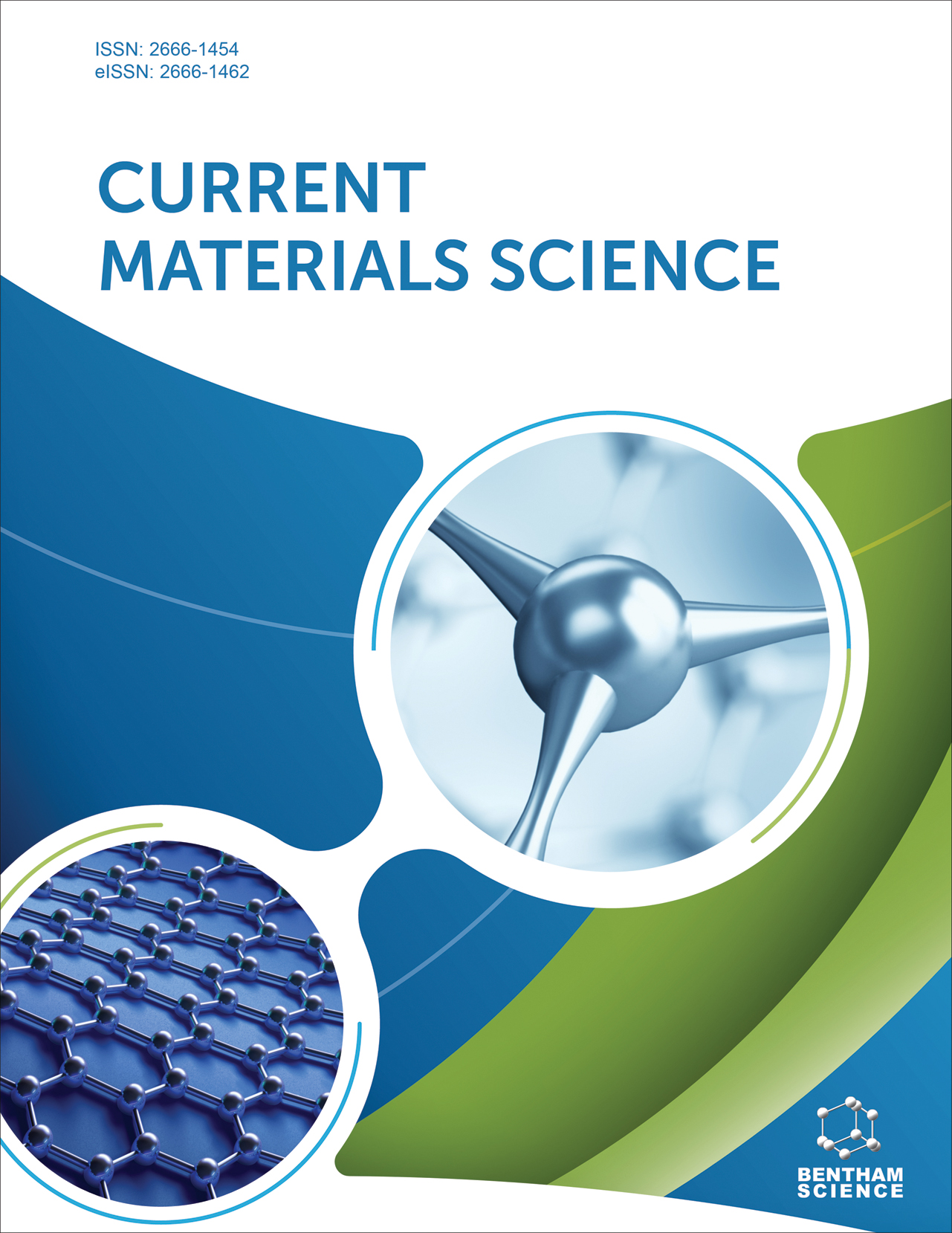-
s Following Carbon Dioxide Concentration and Consequences of its Zero Emission on the Environmental Ecosystem
- Source: Current Materials Science, Volume 12, Issue 2, Sep 2019, p. 110 - 116
-
- 01 Sep 2019
Abstract
Background: This research aims to follow the concentration of carbon dioxide (CO2) in the atmosphere and the effect of zero-emission on the ecosystem. CO2 is the most important of the green house gases. Nowadays, the earth is suffering from global warming due to greenhouse gases. The call all over the world is to reduce the emission of the greenhouse gases, mainly CO2. Methods: The research methodology depends on the data of international research laboratories, which follow the concentration of CO2, such as National Oceanic and Atmospheric Administration (NOAA), the USA, and Mauna Loa Observatory in Hawaii. The concern towards CO2 concentration in the atmosphere started in the last century. Results: The industrial revolution did not consider the impact of pollution on the environment. The impact on the environment was noticed only after a clear disturbance in the ecosystem. The emission of greenhouse gases, especially, CO2 is monitored; daily, monthly and yearly. There are different sources of CO2 emissions, such as transportation, factories, burning of forests etc. In fact, CO2 is a harmful as well as a useful gas. It is harmful because of global warming, and useful because of its important role in the photosynthesis process. This process is very crucial for all living things. The research to reduce the emission of CO2. has provided some solutions. Layered materials, MPS3, where M stands for the transition metal, have been used to store hydrogen gas. The hydrogen molecule size is 2.89 Å, and the molecular size of CO2 is 3.3 Å, this means that the CO2 can be captured by the layered materials. The capturing of CO2 is achieved by simulation. Conclusion: We need to reduce the emission of CO2 but not to reach zero emission, because then, there will be no photosynthesis process, which means there will be no life on the earth. Carbon capture and storage is a technology that can capture up to 90% of the CO2, but the biggest obstacle to this approach lies in the inherent thermodynamic stability and kinetic inertness of CO2.


